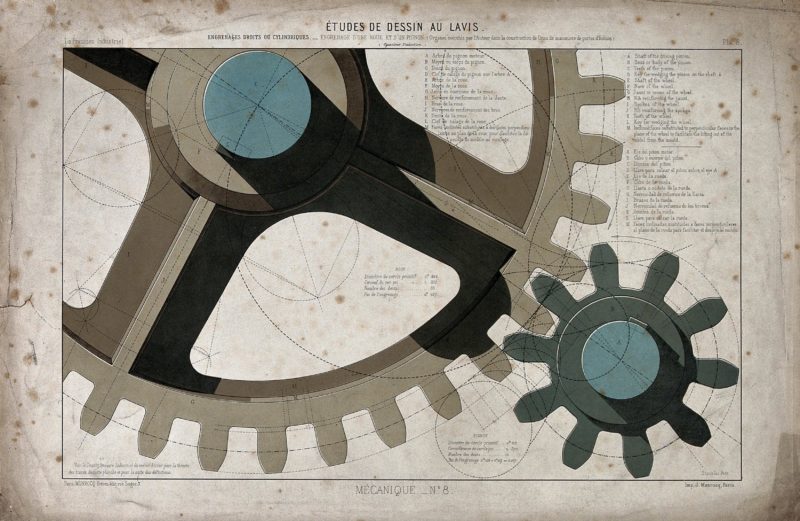Guernica Sketches are short, poetic interpretations of a theme. This year, the theme is medicine.
0800: Mr. Apple says he has a sister in medicine who always advised him to take the first appointment of the day, when doctors are at their best rested and most attentive. I laugh, a laugh as leisurely as I can muster, at this bit of insider information.
0900: We cured Ms. Beech’s constipation with a prescription laxative a while ago. Even so, she requests follow-up visits with me twice per year, a true believer in the cult of regularity. “Like clockwork,” she keeps affirming.
1000: I learned about billing codes my first week on the job. Clinical productivity is measured in “relative value units,” a foreign currency that says five minutes spent sampling tissue from a sleeping man’s stomach are worth more than the hour spent talking with him after the pathology comes back normal. Recently amended Medicare rules have made it easier to bill by time. Now I count the seconds while Mr. Cedar struggles to put his nausea into words.
1100: Ms. Dogwood can’t believe that the queue to get into my clinic was eight months long. Soon after she made this appointment, her reflux went away on its own. She kept the appointment anyway because she wanted to meet me, this hotshot doctor for whom people wait.
1200: Dr. Elder has been seeing patients longer than I’ve been alive. He says it’s a calling. Most days, in the physicians’ workroom, he eats the same lunch from a lunchbox packed by his wife — thin sandwich, modest portion of potato chips, can of Diet Coke. I can’t fathom how I’ll weather the next thirty years, how this much repetition could ever strike me as nourishing.
1300: I’m Mr. Foxtail’s third opinion. He comes bearing a hundred pages of outside records and watches me riffle through them. He taps his heel against the linoleum. He’s keen to avoid repeating himself, keener still for nothing to be missed.
1400: The cramping has been really bad for the last few weeks, Ms. Greenheart says, but kind of bad for the last few years. She also remembers an extended flare in college, come to think of it, and a rough patch following each of her pregnancies. Her mother told her she was a colicky baby, too. Now that I ask, maybe she’s never been well.
1500: I explain the test to Mr. Hawthorn as I’m ordering it, an orally administered mechanical pill that measures the speed of its own transit. He likes this idea, a way to formalize his intuition of a whole system gone hopelessly slow. He knows it from the girth of his abdomen, from the smell in the bathroom, from the taste at the back of his throat.
1600: Turns out I made an error in Ms. Ivy’s chart — she needs a colonoscopy every five years instead of the standard ten. Her father died of rectal cancer, she reminds me, back when she was a teenager. I edit my note and tell her I’m sorry. “Oh, don’t be,” she says, misconstruing my apology. “Time heals everything.”

